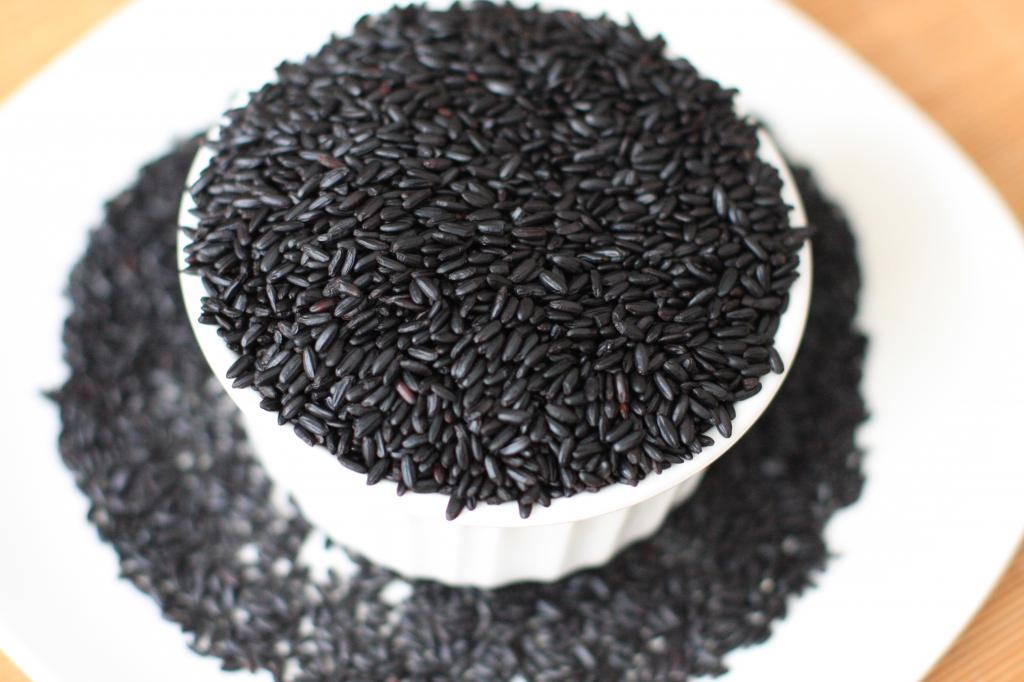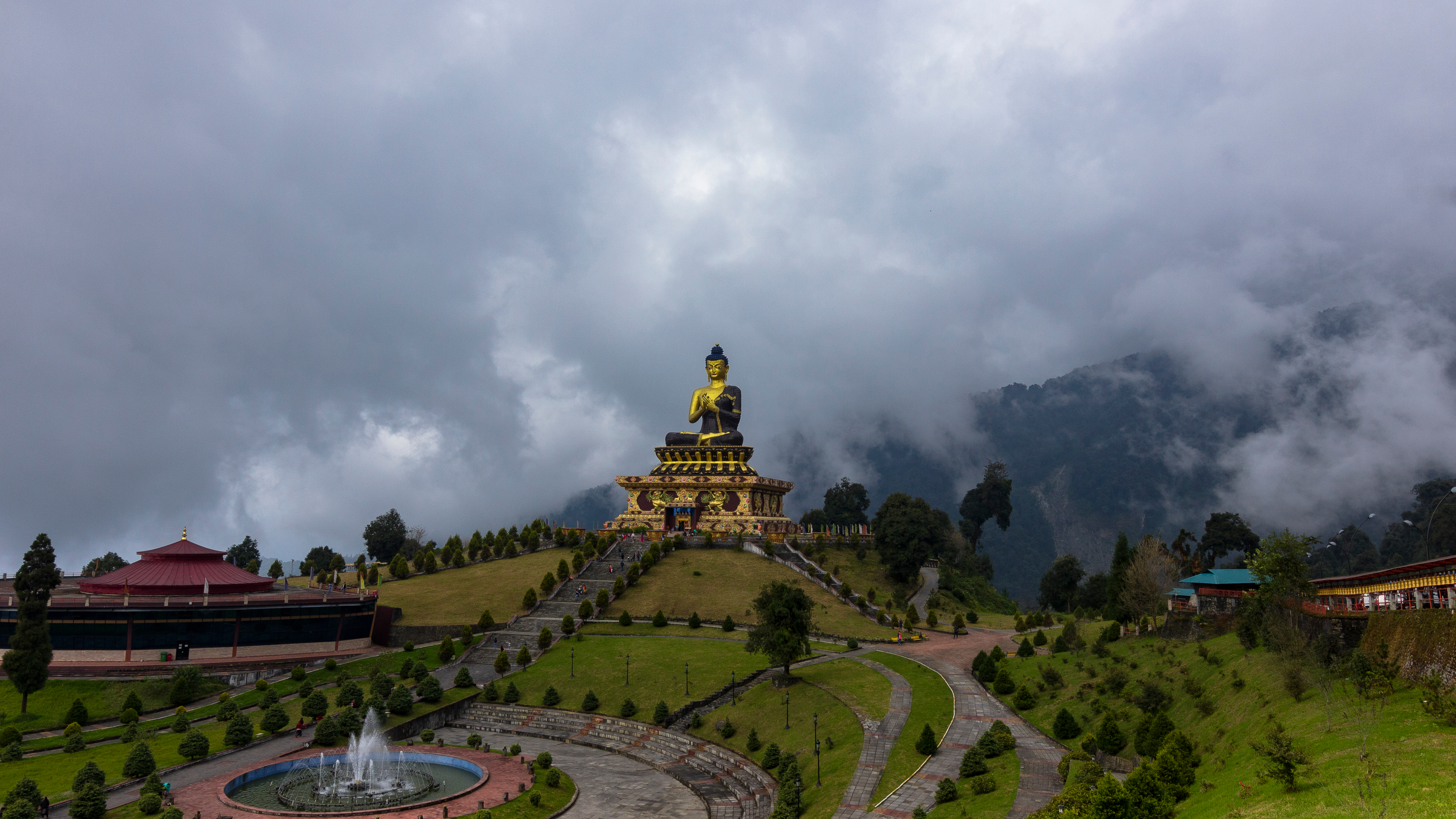Black Rice : The ‘Superfood’ from India
India is one of largest producers and consumers of rice in the world. Not surprisingly, we are well known for our rice based delicacies also. White rice or brown rice, we know how to make it into a tasty meal. However, rice is generally considered as a staple food high on energy and low on other nutrients compared to other staple grains. Little did we know that we have our own super rice in the form of ChakhaoAmubi, better known as Black Rice.

Image Credit – indosungod.blogspot.com
Black Rice is a glutinous rice variety cultivated in Manipur and the name ChakhaoAmubi originates from the Manipuri language. ‘Chakhao’ means delicious and ‘amubi’ means black, thus translating the name to ‘delicious black rice’. It is believed that the cultivation of the grain started with the earliest people who settled in Manipur. According to historians, use of black rice began in ancient China where it was exclusively served to Emperors and the elite. Back then, it was known as ‘forbidden rice’ to the common people.
Chakhaoamubi is now widely considered as a ‘super food’ by researchers and scientists. The term ‘super food’ is used to describe food items with extremely high nutritional value. Black rice contains 18 different amino acids, copper, carotene and several other essential vitamins. The credit for black rice being proclaimed as a ‘Super food’ goes to Dr.ZhiminXu. In his research, he compares the superfood quotient of Blueberries and Black rice. He states that “A spoonful of black rice bran contains more health promoting anthocyanin antioxidants than in a spoonful of blueberries, but with less sugar,more fiber and Vitamin E antioxidants.” Anthocyanin antioxidants have high potential in fighting heart diseases, cancer and several other lifestyle diseases.This exceptional grain has found a special place in the community feasts of Manipur where it is considered as a ceremonial food. When cooked, it loses the black colour and turns into adeep purple colour with a mild nutty taste. It is used for making porridge, bread, traditional Chinese black rice cake and even noodles.
This exceptional grain has found a special place in the community feasts of Manipur where it is considered as a ceremonial food. When cooked, it loses the black colour and turns into a deep purple colour with a mild nutty taste. It is used for making porridge, bread, traditional Chinese black rice cake and even noodles.
Black rice is fast finding its unique place in cuisines around the world and could very well find itself on the everyday menu of homes across India.


